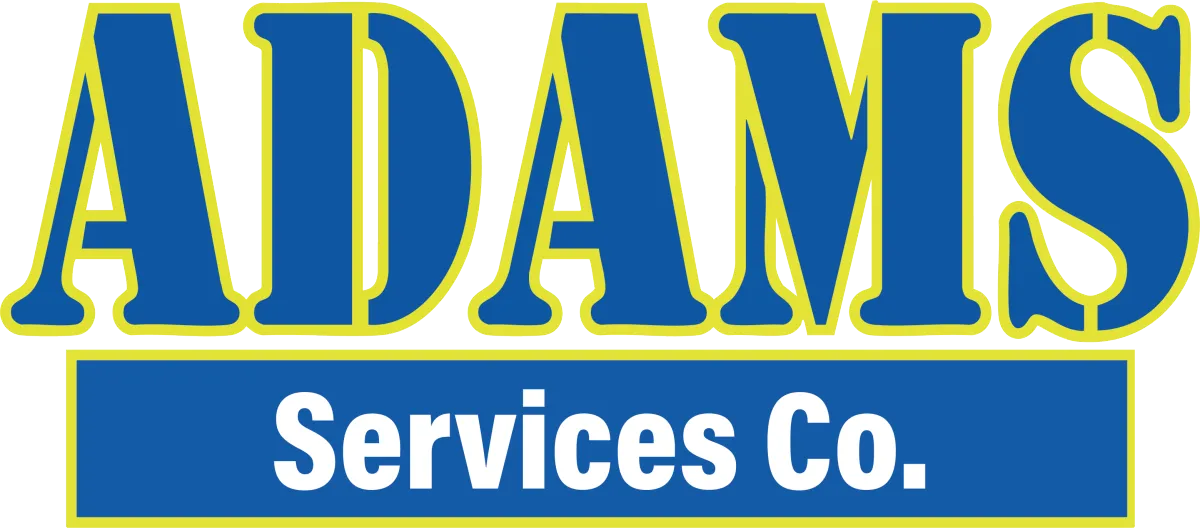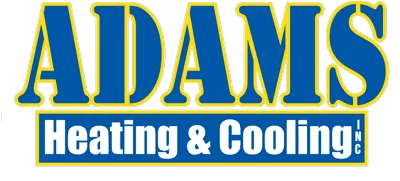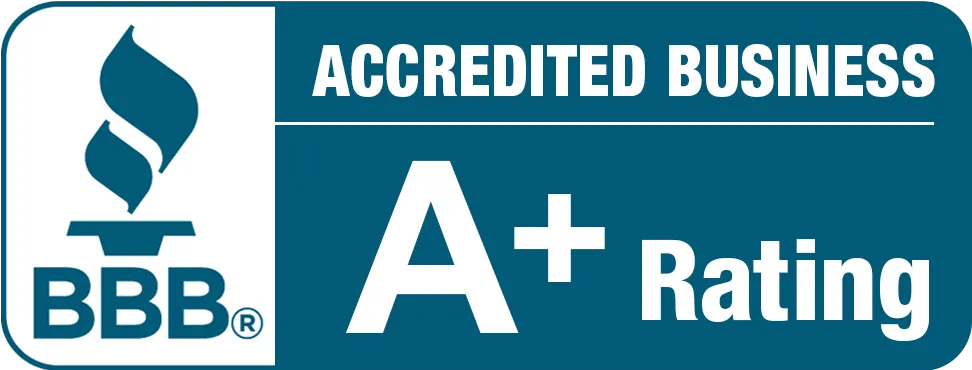Adams Heating & Cooling
HVAC Experts You Can Trust
Serving Tuscaloosa, AL, Birmingham, AL, and surrounding areas since 1982
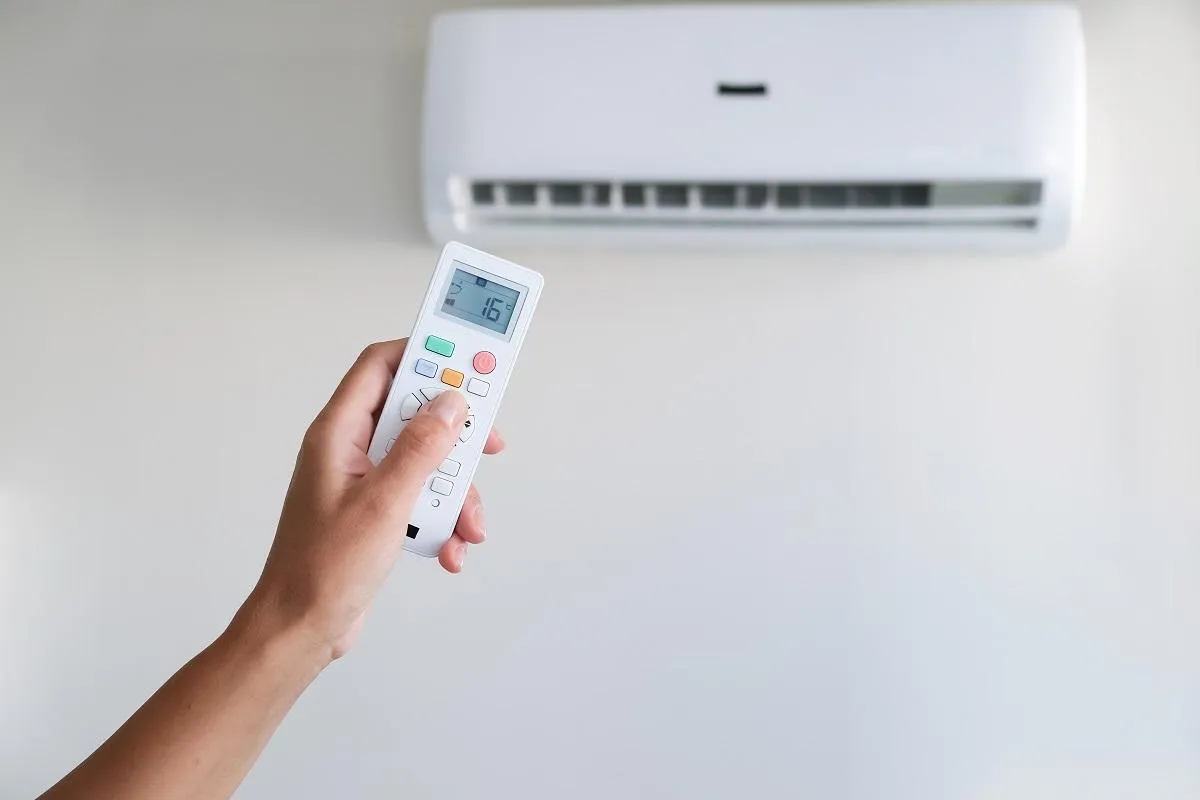
How to Install a Mini-Split Heat Pump and Why You Should
Heating systems
A heating system is a system that provides heat to a building. There are many different types of heating systems available, including central heating systems, ductless heating systems, and portable heating systems.
Among these, mini-split heat pumps—a type of ductless heating system—are gaining popularity due to their efficiency and versatility. According to the U.S. Department of Energy, ductless systems like mini-split heat pumps can reduce heating costs by up to 30% compared to traditional systems. This efficiency comes from their ability to transfer heat rather than generate it, resulting in lower energy consumption. Moreover, mini-split systems provide zone-based heating, allowing users to heat specific areas of a building without wasting energy on unoccupied spaces.
In addition to energy savings, mini-split heat pumps are easy to install and offer the flexibility of being retrofitted into homes without existing ductwork. This makes them a practical solution for older buildings or spaces where installing ducts would be challenging. As a result, the global market for ductless heating and cooling systems, including mini-split heat pumps, is expected to grow at a compound annual growth rate (CAGR) of 8.5% from 2021 to 2028, driven by increasing demand for energy-efficient and eco-friendly solutions.
With their combination of cost-effectiveness, environmental benefits, and ease of use, mini-split heat pumps are an excellent choice for modern heating needs.
What Is a Mini-Split Heat Pump, and How Can It Benefit You?
If you're seeking an efficient, versatile way to heat and cool your home, a mini-split heat pump might be the perfect solution. Here's what you need to know about how it works, why it stands out, and the benefits it offers.
How Does a Mini-Split Heat Pump Work?
At its core, a mini-split heat pump is a heating and cooling system that transfers heat using refrigerant. It comprises two main components:
Outdoor Unit: Contains the compressor and condenser, responsible for moving refrigerant and releasing heat.
Indoor Unit: Features the evaporator coil and blower fan, which distribute warm or cool air into your space.
In the winter, the system extracts heat from the outside air—even in cold weather—and transfers it indoors. In the summer, the process reverses, drawing heat out of your home to cool it down.

Why Is It Called “Mini-Split”?
The term “mini-split” comes from the system’s compact, split design. The indoor and outdoor units are connected by slim refrigerant lines, eliminating the need for bulky ductwork. This makes the system flexible for installation and ideal for homes without ducts.
What Sets a Mini-Split Heat Pump Apart?
1. Energy Efficiency That Saves You Money
Mini-split systems are among the most energy-efficient heating and cooling options. They consume less energy than traditional systems, helping you lower utility bills while reducing your environmental footprint.
2. Zoned Comfort
Each indoor unit can independently control the temperature of a specific room or zone. This means you can heat or cool only the areas you’re using, avoiding wasted energy on unused spaces.
3. Versatile Installation Options
Without the need for ductwork, mini-splits can be installed in various settings, including older homes, additions, garages, or basements. Indoor units can be wall-mounted, ceiling-mounted, or even floor-mounted to suit your preferences.
4. Quiet Operation
Unlike the loud hum of traditional HVAC systems, mini-splits operate quietly, ensuring a peaceful, comfortable environment.
5. Improved Indoor Air Quality
Many mini-split systems include advanced filtration, helping to reduce allergens, dust, and other airborne particles. This makes them an excellent choice for households with sensitivities or allergies.
6. Environmentally Friendly
With reduced energy consumption and eco-friendly refrigerants, mini-splits are a greener choice, helping you lower your carbon footprint while staying comfortable.
Who Can Benefit from a Mini-Split Heat Pump?
A mini-split heat pump is ideal for:
Homes without ductwork.
Spaces requiring zoned temperature control.
Anyone looking to lower energy costs and reduce environmental impact.
Why Should You Install One?
Investing in a mini-split heat pump transforms your living space by offering:
Year-round comfort with energy-efficient heating and cooling.
Significant savings on energy bills.
Better air quality with cleaner, fresher indoor air.
Quiet operation that doesn’t disrupt your peace.
Whether you're upgrading your current system or outfitting a new space, a mini-split heat pump is a smart choice for comfort, efficiency, and sustainability. Isn’t it time you made the switch?

How to install a mini-split heat pump
Installing a mini-split heat pump can feel like a daunting task, but with the right preparation and tools, you might be able to tackle it yourself—especially if you’re handy. That said, hiring a qualified heating contractor is often the best way to ensure the job is done safely and correctly. If you’re determined to take on the challenge, here’s a step-by-step overview to help you understand the process:
1. Choose the Right Mini-Split Heat Pump
You’ll want to start by selecting the perfect mini-split heat pump for your home. Think about the size of your space, the climate you live in, and your budget. Getting these factors right is critical because an improperly sized unit can lead to inefficiency and poor performance.
When sizing a mini-split heat pump compared to traditional central units, it's essential to note that mini-splits are typically selected based on the specific cooling or heating needs of individual zones rather than the entire home. Unlike central HVAC systems, which are sized to cover the square footage of the whole house, mini-split systems allow for more precise sizing by focusing on specific rooms or areas.
Here are a few key considerations for sizing mini-split heat pumps:
Room-Specific Sizing: Mini-splits are sized in British Thermal Units (BTUs) based on the square footage of the room they serve. For example, a 150–250 sq. ft. space typically requires a 6,000 BTU unit, whereas a 400–500 sq. ft. area may need a 12,000 BTU unit.
Climate Zone Adjustments: In colder climates, you may need a higher-capacity unit to handle greater heating demands, while in warmer climates, cooling capacity becomes a priority. Insulation, window quality, and local temperature extremes also play a role in determining size.
Flexibility with Multi-Zone Systems: Multi-zone mini-split systems allow you to connect several indoor units to one outdoor compressor, with each indoor unit sized for the specific area it serves. This contrasts with traditional central systems, where a single unit must handle the entire home.
Avoiding Oversizing and Undersizing: An oversized mini-split will cycle on and off too frequently, reducing efficiency and potentially shortening the unit's lifespan. An undersized unit will struggle to maintain the desired temperature, leading to higher energy consumption and uneven comfort levels.
Professional Load Calculation: It's highly recommended to conduct a detailed load calculation (often referred to as a Manual J calculation) to ensure proper sizing. This calculation considers factors such as ceiling height, insulation levels, number of occupants, and sun exposure.
By tailoring the size of the mini-split heat pump to the specific needs of your home, you can achieve better energy efficiency, more consistent comfort, and potentially lower upfront and operational costs compared to a one-size-fits-all central system.
2. Determine Unit Locations
Decide where the indoor and outdoor units will go. Picture the indoor unit in a central location within the room or zone you want to heat or cool. For the outdoor unit, pick a spot that’s free from obstructions and offers plenty of airflow—this placement is key to the system's efficiency.
3. Mount the Units
Now it’s time to mount the units. For the indoor unit, you’ll typically secure it to a wall, ensuring it’s level and properly anchored. The outdoor unit, on the other hand, needs a sturdy base, like the ground or a concrete pad, to keep it stable and prevent vibrations.
4. Connect the Refrigerant Lines
This step connects the indoor and outdoor units, and precision is everything. Follow the manufacturer’s instructions carefully to avoid leaks or other issues. These lines are the lifeline of your system, so take your time to get it right.
5. Vacuum and Charge the System
Once the lines are connected, you’ll need to vacuum the system and charge it with refrigerant. This step is absolutely critical for the heat pump to operate correctly. Unless you have specialized equipment and experience, it’s best to leave this part to a qualified technician to avoid potential hazards or damage.
6. Test the System
Finally, it’s time to test your work. Power up the system and check that it’s running as it should. Look for consistent airflow and proper temperature regulation. If something feels off, don’t hesitate to consult a professional.
Taking on this project yourself can be rewarding, but remember, precision and safety are key. If you ever feel unsure about a step, it’s always wise to call in a pro—your comfort and safety are worth it!

Tips for installing a mini-split heat pump
Here are a few tips for installing a mini-split heat pump:
Plan ahead. Before you start installing your mini-split heat pump, take some time to plan out the installation process. This will help you to avoid any problems during the installation.
Read the manufacturer's instructions carefully. The manufacturer's instructions will provide you with all of the information you need to install your mini-split heat pump correctly.
Follow the safety precautions. Mini-split heat pumps contain refrigerant, which is a hazardous substance. It is important to follow all of the safety precautions when installing and servicing a mini-split heat pump.
Hire a qualified technician. If you are not comfortable installing a mini-split heat pump yourself, hire a qualified heating contractor.
Pricing Comparison: Mini-Split Heat Pumps vs. Traditional Central Units
When it comes to initial costs, mini-split heat pumps can range from $2,000 to $8,000 per unit, depending on the system's capacity and the number of indoor air-handling units required. Installation costs can add another $1,000 to $5,000, influenced by factors such as system complexity and building layout.
In contrast, traditional central heating systems, such as gas furnaces or central HVAC units, typically range from $3,500 to $10,000, including installation. While central systems may appear to have comparable pricing, their costs can increase substantially if ductwork needs to be added or replaced, which can range from $1,000 to $5,000 or more depending on the home's size and structure.
Long-Term Cost Savings
Despite potentially higher upfront costs, mini-split heat pumps often prove more economical over time due to their energy efficiency. Traditional central units, particularly older models, can lose up to 30% of heated air through duct leaks, leading to higher energy bills. In contrast, ductless mini-splits avoid this issue, delivering nearly 100% of their output directly to the intended space.
Flexibility and Scalability
Another key consideration is scalability. Mini-split systems allow homeowners to add additional units over time, making them ideal for phased installations or expanding spaces. In comparison, central systems are less flexible, often requiring complete replacement if the heating needs of a home change significantly.
In summary, while mini-split heat pumps may have a slightly higher upfront cost in some cases, their energy savings, lower maintenance costs, and zone-specific heating capabilities make them a smart investment for those looking to balance comfort with efficiency.
Why install a mini-split heat pump in the South?
There are several reasons why installing a mini-split heat pump in the South can be a good idea.
Energy efficiency: Mini-split heat pumps are very energy efficient, which can save you money on your energy bills. This is especially important in the South, where cooling costs can be high during the summer months.
Zoned heating and cooling: Mini-split heat pumps allow you to heat and cool individual rooms or zones in your home, which can help you save even more energy. This is especially beneficial if you have a large home or if certain rooms are not used as often as others.
No ductwork required: Mini-split heat pumps do not require ductwork, which means they can be installed in homes that do not have central air conditioning or heating. This is also a good option for room additions or other areas of your home where it would be difficult or expensive to install ductwork.
Quiet operation: Mini-split heat pumps are much quieter than traditional central air conditioning and heating units. This is because the compressor is located outside, away from the living spaces in your home.
In addition to these general benefits, there are also some specific advantages to installing a mini-split heat pump in the South. For example, mini-split heat pumps can be very effective at dehumidifying the air, which is important in humid climates like the South.
Mini-split heat pumps are also designed to operate in extreme temperatures, so you can be sure that your home will be comfortable even on the hottest and coldest days of the year.
If you are considering installing a mini-split heat pump in your home, be sure to consult with a qualified HVAC contractor, like Adams Heating and Cooling, to get the best advice and to ensure that the system is properly sized and installed.

Tired of seeing those sky-high electric bills?
It's time to take control of your energy costs, and your HVAC system is a great place to start!
No more sweating over those monthly expenses!
Grab our FREE checklist to discover simple, yet effective, ways to lower your energy consumption and save money on your electric bill.
Inside this handy guide, you'll find:
Easy-to-follow tips to optimize your HVAC system's efficiency.
Common energy-wasting mistakes to avoid.
Actionable steps to make a real difference in your energy usage.
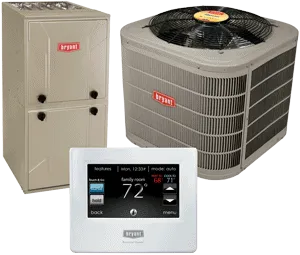
Free Estimates on Complete System Replacement
Call Now 205-339-6540
Office: 3415 Hargrove Road East,
Tuscaloosa, AL 35405
Office: 1236 Blue Ridge Blvd, Suite 111, Hoover, AL 35226
Call 205-339-6540
Call 205-606-4222
Email: [email protected]
